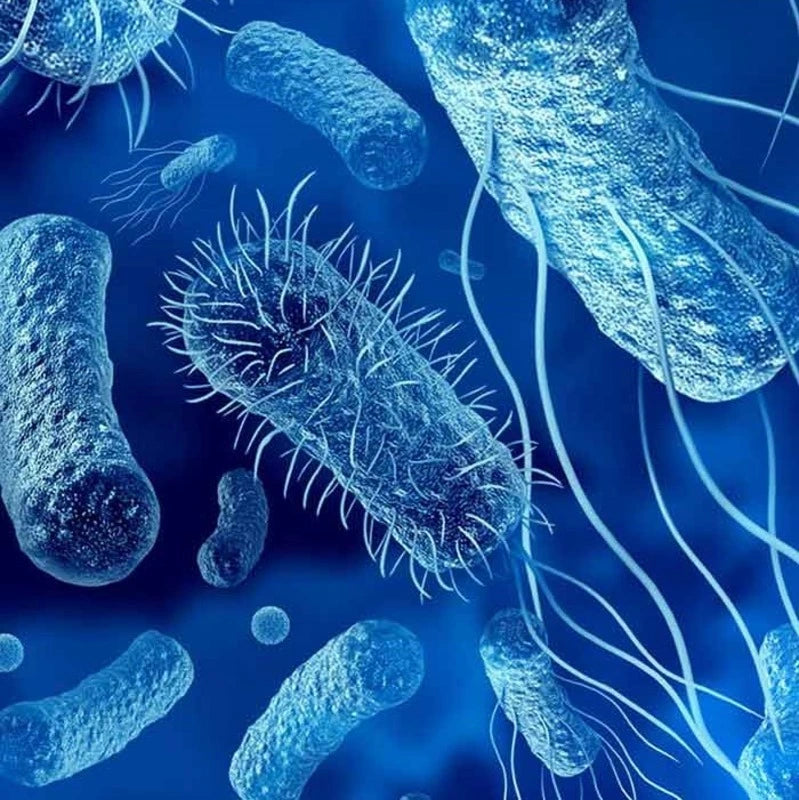Escherichia coli (E. coli) is a common bacterium that can cause significant health risks when detected in foods. Recent studies indicate that foodborne illnesses, including those caused by E. coli, affect millions of people each year, with outbreaks linked to various food sources. Understanding food safety and the potential health risks associated with E. coli contamination is crucial for maintaining a safe kitchen environment. In this article, we will outline essential steps to take upon detecting E. coli bacteria in foods and emphasize the importance of preventive measures to safeguard your health and that of your loved ones.
Understanding E. coli
What is E. coli?
E. coli is a type of bacteria that normally resides in the intestines of healthy humans and animals. While most strains are harmless, certain strains can lead to severe illness. The most infamous of these is E. coli O157, which can cause severe abdominal cramps, diarrhea (often bloody), and vomiting. Understanding the different types of E. coli and their potential impact on health is essential for effective food safety practices.
Symptoms of E. coli Infection
Recognizing the symptoms of an E. coli infection can help you act quickly. Common symptoms include:
If you experience these symptoms after consuming potentially contaminated food, it's essential to seek medical attention promptly.
Sources of E. coli Contamination
Understanding where E. coli contamination typically occurs can help you avoid risks. Common sources include:
Immediate Actions Upon Detection
Identifying Contaminated Foods
Upon detection of E. coli in your food supply, the first step is to identify potentially contaminated items. This can involve checking for:
Disposing of Contaminated Foods
Proper waste disposal is crucial to prevent cross-contamination. Follow these guidelines:
Disinfecting Countertops and Surfaces
Once you have disposed of the contaminated food, it's essential to clean and disinfect your kitchen surfaces thoroughly. Use effective solutions, including:
Safe Food Handling Practices
Washing Fruits and Vegetables
Proper food handling begins with washing fruits and vegetables before consumption. Here are best practices:
Cooking Temperatures
Ensuring that food is cooked to the appropriate temperatures is vital in killing harmful bacteria. Use a food thermometer to check:
Avoiding Cross-Contamination
Cross-contamination can occur when raw foods come into contact with cooked or ready-to-eat foods. Prevent this by:
Food Safety Regulations and Audits
Food Safety Regulations
Familiarize yourself with key food safety regulations that govern food handling and preparation. These regulations are designed to minimize the risk of contamination and include:
Importance of Food Safety Audits
Regular food safety audits are essential in both home kitchens and food establishments. These audits can help identify potential sources of contamination, ensuring compliance with safety standards and protecting public health.
Community Health Resources
Local health departments often provide resources for reporting food safety concerns and obtaining information on best practices. Familiarizing yourself with these resources can enhance your knowledge and help you address issues as they arise.
Foodborne Illness Prevention Strategies
Food Safety Education
Education is a vital component in preventing foodborne illnesses, particularly regarding E. coli. This includes understanding proper food handling techniques, cooking temperatures, and hygiene practices. Engaging in community workshops or online courses can enhance your knowledge and ensure safe food practices.
Community Initiatives
Many communities offer programs focused on food safety and hygiene education. Participating in these initiatives can foster a culture of safety and awareness among community members, reducing the risk of foodborne illnesses.
Personal Responsibility
Taking personal responsibility for food safety practices in your home is crucial. This includes being proactive about food handling, staying informed about recalls, and continuously educating yourself about best practices.
Conclusion
In conclusion, detecting E. coli in foods requires immediate and decisive action to safeguard your health and that of your family. By identifying contaminated foods, practicing safe food handling, and maintaining proper hygiene, you can significantly reduce the risks associated with E. coli. Consider implementing these recommended practices in your home and utilizing tools like the Milerd veg cleaning machine to enhance your food safety management and ensure a clean and safe kitchen environment.



Lasă un comentariu
Acest site este protejat de hCaptcha și hCaptcha. Se aplică Politica de confidențialitate și Condițiile de furnizare a serviciului.